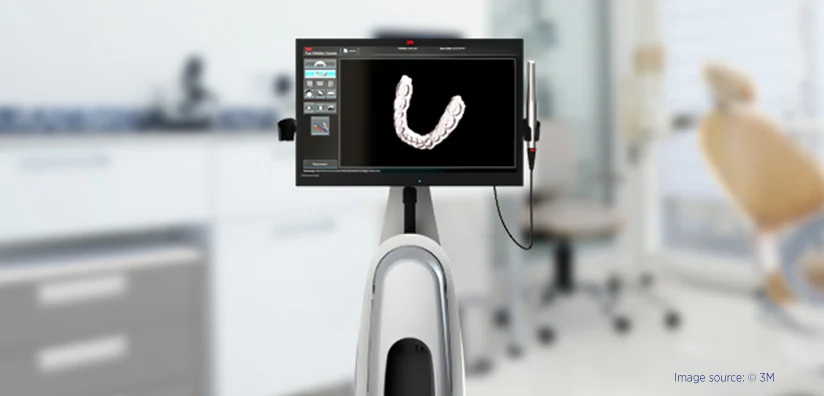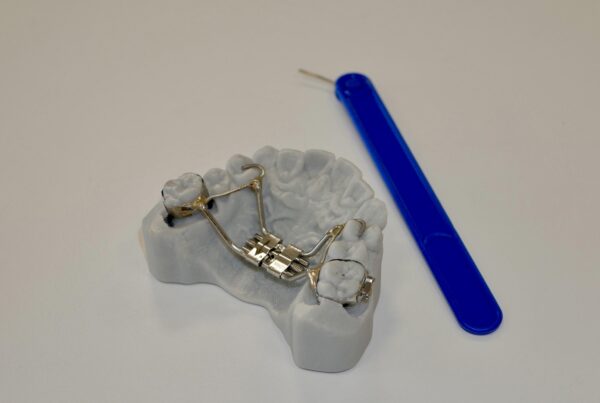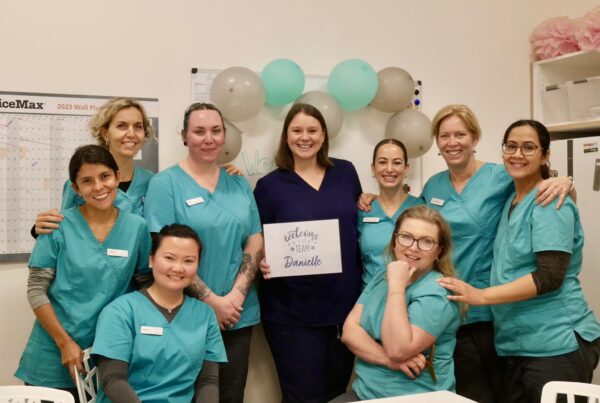Technology in orthodontics is always changing. And to stay ahead of the game, we recently invested in a new piece of equipment — a 3M True Definition Scanner.
“So what?” you might say.
Well, as orthodontists, there are two key things that concern us: patient experience and the quality of our work. The new scanner enables us to improve both these things.
Making an impression
If you’re getting braces fitted, we must first take an impression of your teeth — a 3-D model that enables us to measure tooth and bones sizes, etc., and determine the best course of treatment. Until recently this meant creating a mould.
The problem with moulds
It’s fair to say that having a mould taken of your teeth and gums can be messy and uncomfortable. It involves putting a tray filled with a substance called alginate into your mouth. The alginate feels a bit like cake batter and can sometimes cause a gagging sensation. We hold the tray in place until the alginate sets, which takes about a minute for each of your top and bottom teeth.
Later, we pour plaster into the mould to create a model. Of course, having a physical model means we need somewhere to keep it. At the end of your treatment we’ll usually give it to you as a souvenir.
The 3M True Definition Scanner
Our new scanner replaces the need for moulds — no more gagging! And it, ultimately, enables us to provide better treatment.
Because no moulds are needed, the whole process is much quicker and less messy. We use a scanning wand to take a scan of your teeth and gums, which takes just a few minutes. You’ll even be able to see the images on a screen to get a better understanding of what’s going on.
There is potential for inaccuracies with moulds. Digital impressioning, on the other hand, takes a video of your teeth and gums enabling us to keep a digital record. It’s like looking at a high-definition photograph, and it allows us examine your bite and view your bite from many angles and do lots of measurements. As you can imagine, it’s also much easier to send a digital file to others than a physical model.

3M True Definition Scanner
Did you enjoy this post? If so, please share.


